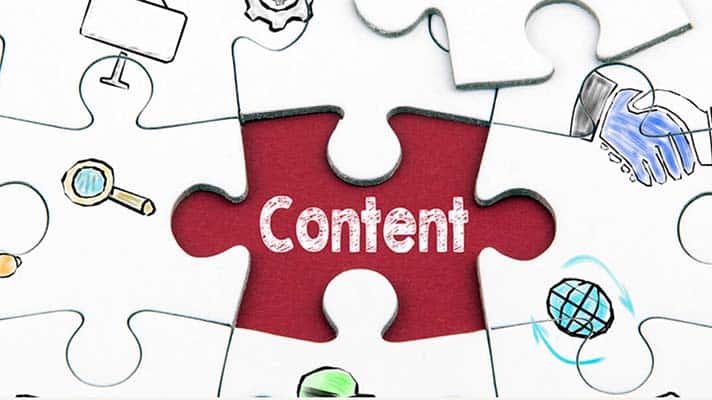This is an excerpt from the ebook The Manager’s Guide to Building a Smart Marketing Strategy.
Content marketing is a powerful and effective way to reach your customers, no matter your strategy, no matter which part of the customer journey. But before you start filling out a content calendar or hiring a freelance writer, take stock of your existing content, and divide that into three categories: owned, earned, and paid media. This will let you assess what category you need to attack first.
Owned media
Owned media is your blog, your website, and social media channels. The primary goal of this content is to continue providing value to leads and customers alike. At Seventh Scout, we put a lot of stock in owned media. It’s the heart of your brand and provides fuel for the other pieces of media. Plus – if you want to improve SEO and your ranking on search engines, owned media is going to help get you there.
Earned media
Hubspot defines earned media as media exposure you’ve earned through word-of-mouth. You can earn media by getting press mentions, positive reviews, reposts, recommendations, etc. It helps further build trust and expertise in the digital realm by getting unsolicited recognition.
Paid media
Paid media is just that, digital advertising whether it’s Google ads or social media ads. Paid media helps reach and expanded audience, so you have a bigger pool in which to promote your brand. We’re finding more and more that organic posts alone won’t help convert consumers to customers especially if you’re a newer brand with only a few followers. Paid media helps get more followers, connections, and eyes on your website.
Content Types to Add to Your Arsenal
The days of posting plain text are over. Your audience is looking for visuals, value, and that clear call to action.
- Multimedia – Use high-resolution images and video to accompany your posts. Social Media Strategist Jeff Bullas reports that Facebook posts with photos receive an average 37% increase in engagement. You can also use video for quick tutorials or product demos.
- Longform Content – We’re talking articles and ebooks. Studies show that longform content helps increase the time spent on pages and improves your search ranking.
- Curation– Not all posts have to be original content. After all, who has the time to be 100% original? Gather and share information from key influencers and credible resources. Remember to add in your own commentary for anything you share.
- Client Success – This not only includes happy client success stories, but also reviews and testimonials. This type of content helps give you credibility and builds trust with consumers.
Start Small
Content can be exciting! But many marketers get bogged down with formulas and overwhelmed by keeping the content engine going. Start small. Create a calendar and plug in some key dates, events, anniversaries, etc, then work from there. If there’s a month that doesn’t have anything time-bound, think of more content to share with events going on externally. Are there big events in town? Has spring sprung? Is it tax time? Know what your audience is interested in and take advantage of where they are already doing or buying.
Need help refining your strategy for the year? Download our ebook on The Manager’s Guide to Building a Smart Marketing Strategy or chat us.



